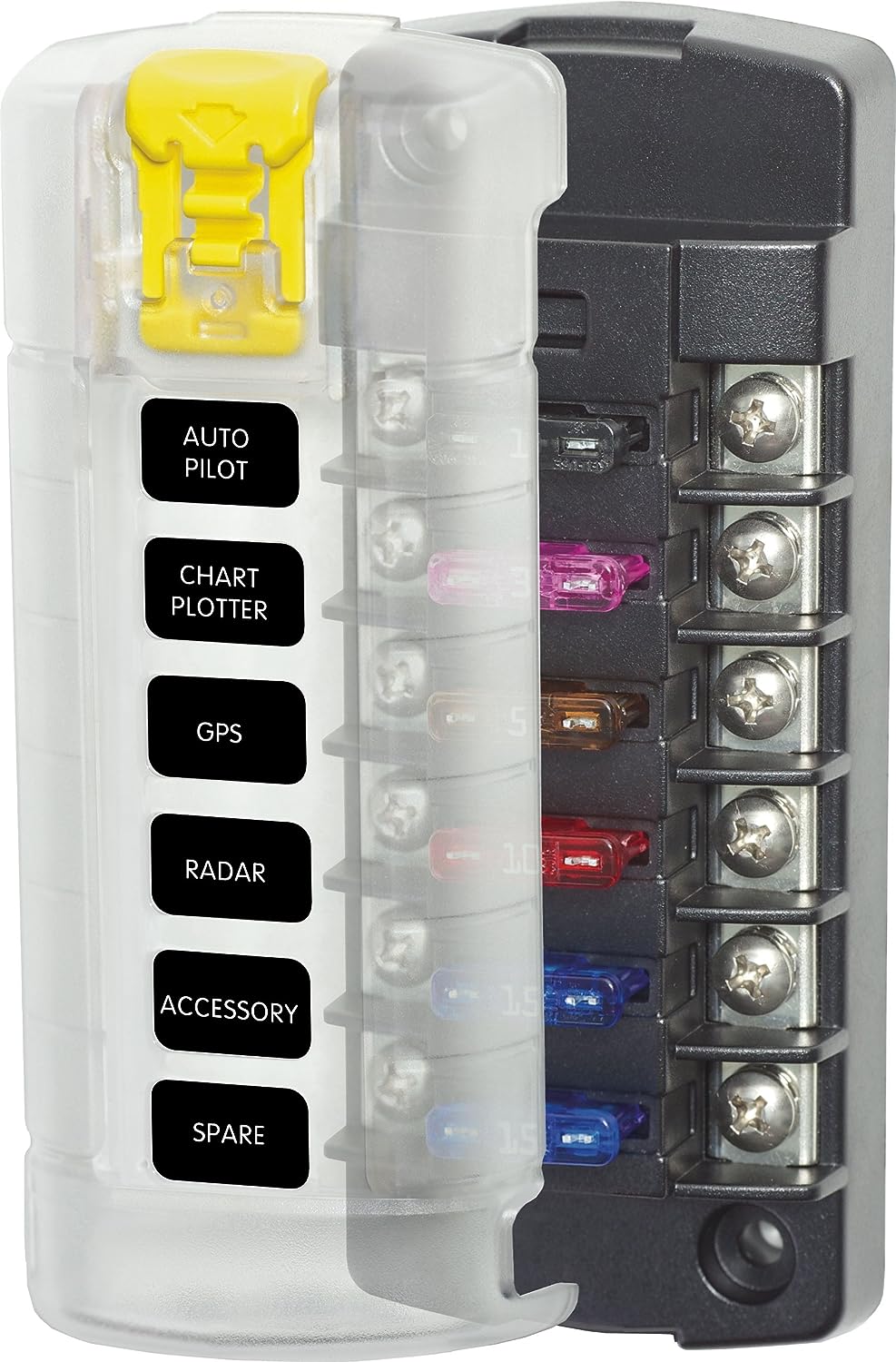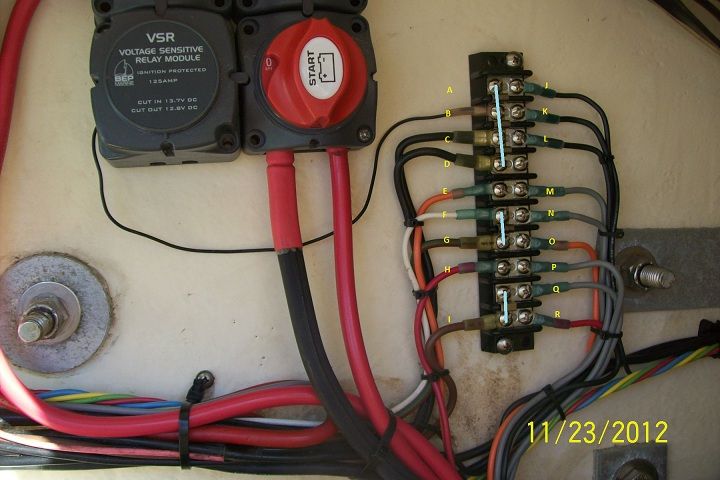Your sketch is the Norm.
The ON/OFF switch at the helm gets power when the battery switch is turned ON. I've seen a [Momentary] switch only once there.
The OFF position is actually the AUTO position. This is due to that switch being in the OFF position, but the Float switch still has Power available via a Inline fuse direct from a battery.
Most people will just tie the connections all together with Crimp/Shrink connectors and if your lucky a additional piece of heatshrink w/ glue over that or some Liq elec tape covering the Crimp Shrink.
I don't like doing it that way. It works, but when you have a failure trouble shooting is impossible without cutting it all apart or piercing the insulation with a test light.
So...What to do?
The wiring on all this stuff is usually long enough to get a terminal board high in the bilge.
This Blue Seas product is fairly new and I've started using it to power items in the aft area.
http://www.amazon.com/Blue-Sea-Systems- ... e+sea+5035
I also use a terminal board.
This is one of the things I take the time to add on a wiring job. This is a terminal board that all the connections are made for the pumps. In this case ....The 1500 Bilge pump and the 2000 backup Bilge pump.
All the connections are made here. This makes it easy to diagnose a problem in the future and also easier to do a replacement part. With the normal way I see them, there is no way to test a component unless you stab thru the insulation or cut the piece out of the system and check it.
A J
B K -------- All Grounds
C L
D
________
E = Fused Power from Start Batt for 2000GPH pump M= Wire from Float switch
F = Power wire to High Water Alarm [at Helm] N= Wire from float switch
G = Power from Switch panel @ Helm to 2000GPH pump [Manual switch] O=Hot lead to bilge pump2000
H = Fused power from House Batt for 1500GPH pump P= wire from float switch
Q= wire from float switch
I = Power from Switch panel @ Helm to 1500GPH pump [Manual switch] R=Hot lead to bilge pump 1500
The light Blue lines show where jumpers were installed.
















